Having toned, strong arms is more than just an aesthetic goal. Well-defined arms improve your daily functionality, enhance athletic performance, and support overall upper-body strength. Whether it’s lifting objects, performing household chores, or excelling in sports, strong arms make life easier and more comfortable. Achieving toned arms requires a combination of structured exercise, balanced nutrition, proper rest, and consistency.
In this guide, we’ll explore the key strategies to help you build arm strength and definition while staying safe and motivated throughout your journey.
Why Strong Arms Matter
Strong arms are not just about appearance. They play a crucial role in stabilizing your shoulders, supporting your back, and enhancing overall movement efficiency. Many people underestimate how often they use their arms in daily lifefrom carrying groceries to lifting children, from pushing a shopping cart to performing overhead tasks. By training your arms properly, you not only improve your physical capabilities but also reduce the risk of injury and improve posture.
Investing time in arm training contributes to both functional fitness and confidence, allowing you to handle physical challenges with ease.
Strength Training Is Key
Building strong, toned arms starts with strength training. While it’s tempting to focus only on biceps, the triceps and shoulders are equally important for balance and shape. Strength exercises engage multiple muscles simultaneously, promoting definition and functional strength.
Bodyweight exercises such as push-ups are highly effective for working the triceps, shoulders, and chest. Beginners can modify them by resting their knees on the ground, gradually progressing to standard push-ups as their strength improves. Over time, variations like incline or decline push-ups can add intensity and challenge your muscles in new ways.
Incorporating free weights, such as dumbbells, opens up a variety of targeted exercises. Bicep curls, overhead presses, and tricep extensions allow you to isolate each muscle group while maintaining control over your form and resistance. Start with manageable weights and increase gradually to ensure safe progression.
Pull-ups and their assisted variations are excellent for overall upper-body development. They target the biceps, shoulders, and back, helping build strength that translates to everyday movements. If a full pull-up is too challenging, resistance bands or assisted machines can help you gain strength progressively.
Keep Your Workouts Dynamic
Muscles adapt quickly to repetitive routines, so changing your workouts regularly is essential for continuous improvement. Rather than focusing solely on one exercise, varying the type, intensity, and volume of your training can prevent plateaus. Incorporating different movement patterns challenges your muscles in new ways, enhancing both growth and tone.
You can alternate between resistance bands, free weights, and bodyweight exercises to maintain variety. Combining movements in sequence without long rests, such as pairing a push exercise with a pull exercise, increases intensity while improving endurance. Dynamic routines not only boost results but also make workouts more enjoyable and engaging.
Train All Muscle Groups for Balanced Arms
Many people focus primarily on biceps when they want toned arms, but the triceps make up the majority of the arm’s muscle mass. Neglecting them can lead to imbalance and limit overall definition. A comprehensive arm program includes exercises for the back of the arm and the shoulders, which are essential for strength, stability, and aesthetic balance.
Shoulder exercises, like lateral and front raises, improve mobility and sculpt the upper arm area. Compound movements, which involve multiple joints and muscles, also promote better coordination and functional strength. By working the full range of muscles, you achieve not only better tone but also reduced risk of injury and improved overall upper-body performance.
Nutrition for Muscle Growth
Exercise alone won’t produce visible arm definition. Muscle growth and repair require proper nutrition. Proteins are the building blocks of muscle, so it’s crucial to include adequate amounts in your diet. Lean meats, fish, eggs, legumes, and plant-based protein sources support muscle recovery and growth.
Carbohydrates provide the energy necessary to power your workouts, while healthy fats support hormone balance and overall health. Proper hydration is equally important, as water maintains muscle elasticity, helps transport nutrients, and flushes out toxins. Drinking sufficient water before, during, and after workouts optimizes performance and recovery.
According to the National Institutes of Health, combining regular exercise with a balanced diet promotes muscle strength, bone health, and overall well-being. Nutrition and training go hand in hand, ensuring that your efforts translate into tangible results.
The Role of Rest and Recovery
Rest is often overlooked, yet it is just as vital as training. Muscles grow and repair during rest, particularly during sleep. Adults should aim for seven to nine hours of quality sleep per night. In addition to nightly rest, allow at least 48 hours before training the same muscle group to avoid overuse and fatigue.
Skipping recovery days can lead to overtraining, slower progress, and increased injury risk. Incorporating rest strategically ensures consistent improvement and sustainable gains.
Cardio to Reveal Muscle Definition
While strength training builds muscle, cardiovascular exercise helps reduce body fat and make your arm definition visible. Activities such as running, cycling, swimming, or even brisk walking support fat loss, improve cardiovascular health, and complement resistance training. Integrating moderate cardio sessions into your weekly routine allows your muscles to shine while enhancing overall fitness and endurance.
Patience and Consistency
Toning arms is not an overnight achievement. Consistency in training, nutrition, hydration, and rest is essential to achieve results. Small, incremental improvements over weeks and months are more sustainable and effective than extreme short-term approaches. Setting realistic goals, tracking progress, and celebrating milestones keeps motivation high.
The combination of proper planning, balanced effort, and patience ensures that your arms will develop strength, shape, and endurance over time. Every workout, meal, and recovery session contributes to long-term results.
Avoid Common Mistakes
Many fitness enthusiasts make avoidable mistakes when targeting arm toning. Focusing solely on biceps while neglecting triceps and shoulders leads to imbalance. Lifting weights that are too heavy too soon increases the risk of injury. Skipping nutrition or hydration undermines training efforts, and overtraining can stall progress. Being mindful of these pitfalls will keep your journey safe, effective, and enjoyable.
Bringing It All Together
Achieving toned, strong arms is within reach when you combine structured strength training, dynamic workouts, balanced nutrition, proper hydration, cardio, and adequate rest. It requires dedication, consistency, and a holistic approach to fitness.
For guidance on recovery strategies and safe exercise routines, check out our guide on effective recovery strategies after injury.
By following these principles, you can enjoy not only visually defined arms but also functional strength that improves everyday life and overall health. Remember, gradual and consistent effort is far more powerful than quick fixes. Your arms and your body will reward you for the commitment you make today.

